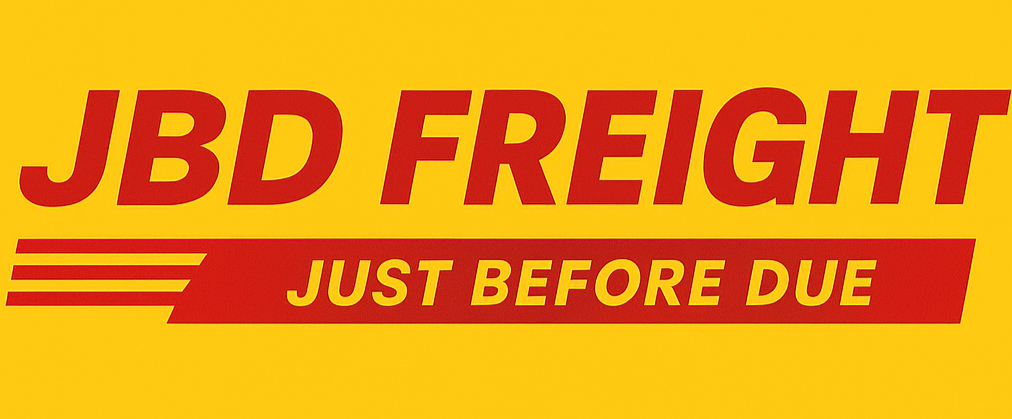
How to Make Your Road Freight Service Faster and More Efficient
In today’s fast-paced logistics landscape, speed and efficiency are non-negotiable. Customers expect reliable, on-time deliveries, and any delays can damage reputation, cost contracts, or create operational chaos. For road freight operators, staying competitive means more than just moving goods from point A to B—it requires a strategic approach that combines smart technology, operational excellence, and customer-centric practices. Here’s how you can make your road freight service faster and more efficient.
1. Leverage Route Optimization Technology
Manual route planning is not only time-consuming but also prone to inefficiencies. Advanced route optimization software considers real-time traffic conditions, weather, road closures, and delivery time windows to create the most efficient paths for drivers. Tools like GPS fleet tracking and AI-powered dispatch systems can cut fuel costs and reduce delivery times significantly.
2. Streamline Your Loading and Unloading Processes
Efficiency doesn’t begin on the road—it starts at the warehouse. Delays in loading and unloading are a major contributor to freight inefficiency. Invest in better dock scheduling, standardized loading procedures, and cross-docking where possible. A well-trained warehouse team and clear load manifests can prevent time wasted on corrections and miscommunication.
3. Maintain a Reliable, Well-Serviced Fleet
Vehicle downtime is one of the biggest threats to delivery speed. Implement a proactive maintenance schedule for your trucks, using telematics to monitor vehicle performance and predict service needs before breakdowns occur. Regular inspections and timely repairs keep your fleet road-ready and prevent unexpected delays.
4. Train and Empower Your Drivers
Even the best route planning and equipment mean little without skilled drivers. Provide training in defensive driving, time management, and digital tools. Encourage communication between dispatch and drivers so issues like roadblocks or mechanical trouble can be addressed swiftly. Drivers who feel supported tend to perform better under pressure.
5. Utilize Real-Time Tracking and Communication
Clients want visibility—and so should you. Implementing a robust transportation management system (TMS) with real-time tracking allows you and your clients to monitor shipments in progress. Alerts for delays, estimated arrival times, and proof of delivery can be shared instantly, improving transparency and trust.
6. Embrace Data-Driven Decision Making
Data is your most powerful tool for improving speed and efficiency. Analyze KPIs such as delivery time, fuel consumption, driver performance, and customer feedback regularly. Patterns and bottlenecks can be identified and addressed before they become costly issues. Use dashboards and reporting tools to turn raw data into actionable insights.
7. Build Flexibility into Your Operations
Disruptions are inevitable—how you respond matters. Create contingency plans for common delays such as traffic jams, mechanical issues, or last-minute customer changes. Having standby drivers, alternate routes, or agile dispatching capabilities can make the difference between a missed deadline and a satisfied client.
Final Thoughts
Fast and efficient road freight is the result of disciplined planning, smart technology, and strong human execution. By investing in the right tools and fostering a culture of continuous improvement, you’ll not only enhance delivery performance but also build a resilient logistics operation that clients trust.
Author
managerRelated posts
Building For Society
Lorem ipsum dolor sit amet, consectetur adipiscing elit. In augue ligula, feugia
Fresh Start
Lorem ipsum dolor sit amet, consectetur adipiscing elit. In augue ligula, feugia
The Story of Civilization
Lorem ipsum dolor sit amet, consectetur adipiscing elit. In augue ligula, feugia




Leave a Reply